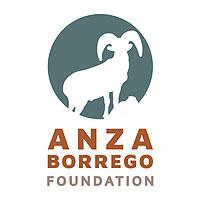Coyotes in Anza-Borrego come into a unique phase during spring that not only marks a time of change in the desert but also plays an important role in our ecosystem—and in our upcoming coyote webinar!
In the spring, after the relative quiet of winter, coyotes become noticeably more active as they engage in behaviors vital to their survival and the overall health of the desert ecosystem. With the arrival of warmer temperatures and longer daylight hours, these adaptable canids embark on several interesting seasonal activities:
Family Dynamics and Pups: Spring is the season when many coyote families expand, as pups born in the winter months begin to explore their surroundings more actively. During this time, adult coyotes engage in nurturing behaviors, teaching their young how to hunt and navigate the desert terrain. These early life lessons are crucial for the pups’ survival in an environment where every skill counts.
Territorial Behaviors and Social Interaction: Coyotes are known for their sophisticated social structures. As new litters start to venture out, adult coyotes reinforce territory boundaries through vocalizations, scent marking, and coordinated movements. These behaviors not only help to establish their domains but also serve as a form of communication with neighboring packs.
Increased Vocalization: Spring often brings a noticeable rise in the characteristic calls, ranging from howls to yips. These vocalizations are a vital tool for maintaining contact within families, attracting potential mates, and deterring rivals. For visitors, these natural “concerts” offer an auditory glimpse into the lives of one of the desert’s most resilient species.
Want to learn more? Register for our Coyotes of the Southwest Webinar on June 11!





